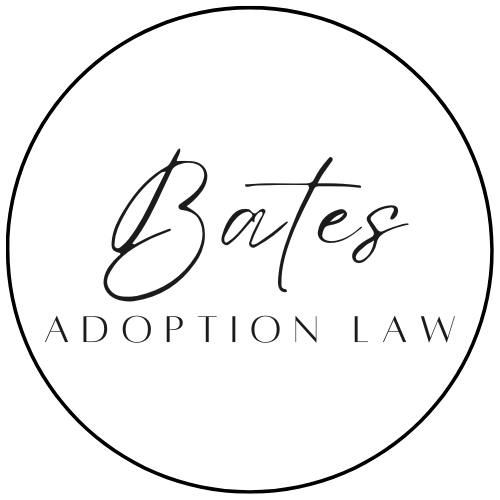After welcoming a new child through foster care or adoption, time off from work to bond with the child and adjust to the new family dynamic is incredibly special and often a necessity. Generally speaking (assuming the eligibility requirements described below are met), employees are entitled to take up to 12 weeks off unpaid for the placement of a child for adoption or foster care. Beyond this general federal law, the employment laws vary from state to state, and some state laws may provide greater protections or benefits. In California, employees can receive partial wage replacement for up to 6 weeks of that time. Below are the eligibility requirements and additional information on the leave laws for adoption.
FMLA Leave
The federal Family and Medical Leave Act allows eligible employees to take up to 12 weeks of unpaid, job-protected leave per year. Among other reasons, employees may take FMLA leave to bond with a newly placed child within one year of placement. This law is applicable in all states.
Eligibility
The FMLA applies to employers that have 50 or more employees. To be eligible for FMLA leave, the employee must have been employed by that employer for at least 12 months, have worked at least 1,250 hours during the previous year, and work at a location that has at least 50 employees within a 75-mile radius.
Timing of Leave
FMLA is generally taken after placement, but it may be taken before the actual placement if an absence from work is required for the placement for adoption or foster care to proceed. This means employees may use intermittent FMLA leave if they need to miss work for adoption-related appointments. For example, FMLA leave may be used to attend counseling sessions, appear in court, consult with an attorney or the birth parent’s representative, meet with an agency, submit to a physical examination, or travel to another country to complete an adoption before the actual date of placement.
If FMLA leave is being taken to bond with a child after placement, it generally must be taken as a continuous block of leave unless the employer agrees to allow intermittent leave. The employee’s entitlement to take leave expires 12 months after the date of placement, so employees should start the leave within one year after placement of the child.
Additional Benefits
While the employee is on leave, he or she is entitled to continue on the employer’s group health insurance coverage under the same terms and conditions as if the employee had not taken leave, meaning at the same cost that the employee would pay while working.
Although the leave is unpaid, the employer may allow (or may require) the employee to use accrued paid time off during the leave.
After the leave has concluded, the employee is entitled to be reinstated to the same or equivalent position, with a few narrow exceptions.
California Laws
The California Family Rights Act (CFRA) mirrors the FMLA law requirements described above. Additionally, California recently passed the New Parent Leave Act, which extends the bonding leave requirements to employers that have 20 or more employees.
California also has a Paid Family Leave program, which provides up to 6 weeks of partial pay replacement for employees who take time off work to bond with a new child through birth, adoption, or foster care placement, among other reasons. To be eligible for Paid Family Leave for bonding, the employee must have welcomed a new child within past 12 months, have paid into the State Disability Insurance within the past 18 months, and not have exhausted the maximum of six weeks of PFL in the past 12 months. Employees apply for this benefit directly with the EDD. To learn additional information and/or to submit a claim, click here.
In addition to the above requirements, employers are free to provide more generous leave than that required by law. If you have questions about your employers’ policies, review your employee handbook or consult your HR department. For specific questions about your state’s laws, I recommend that you consult with an employment attorney.


